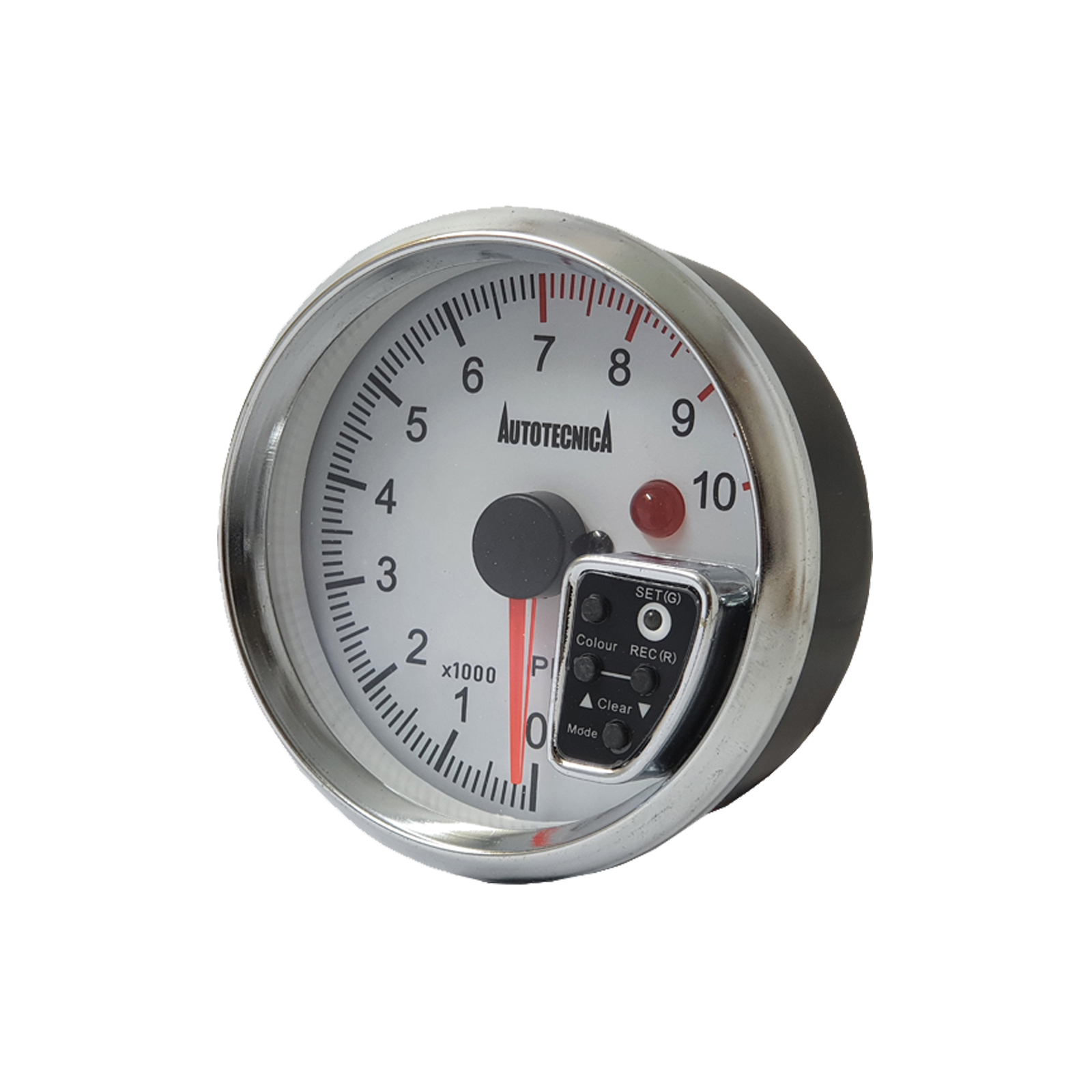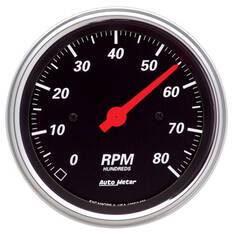Comprehensive Guide to Comprehending and Utilizing a Tachometer Successfully
Comprehensive Guide to Comprehending and Utilizing a Tachometer Successfully
Blog Article
Opening the Secrets of Tachometers: Whatever You Required to Find Out About This Important Instrument in Your Automobile
Recognizing the intricacies of tachometers can give useful insights right into your car's efficiency and maintenance requirements. From measuring engine speed to figuring out the information it offers, tachometers serve as a crucial device for car proprietors and fanatics alike. By unraveling the secrets behind this necessary instrument, you can open a riches of info that can improve your driving experience and guarantee the durability of your vehicle.
Importance of Tachometers
The relevance of tachometers depends on their capability to give critical real-time information concerning an engine's rotational rate, allowing for precise surveillance and upkeep of equipment. By gauging the changes per minute (RPM) of an engine's crankshaft, tachometers provide important insights into the engine's efficiency - tachometer. This information is essential for guaranteeing that the engine operates within its optimal variety, preventing prospective damages from over-revving or underperforming
Tachometers play an essential duty in aiding operators and specialists discover any anomalies in the engine's rate, which can show concerns such as gas inefficiency, mechanical issues, or excessive stress on the engine. By quickly recognizing these problems via tachometer analyses, upkeep can be done proactively, protecting against pricey fixings and downtime over time.
In addition, tachometers are specifically essential in high-performance automobiles and equipment, where exact control over engine rate is needed for optimum operation. Racing vehicles, airplane, and commercial tools count on tachometers to supply peak performance while preserving safety criteria. Fundamentally, tachometers are not simply instruments for determining rate yet essential tools for making sure the smooth and effective operation of engines throughout various applications.
How Tachometers Procedure Engine Rate
Making use of sensing units that identify the frequency of electric pulses generated by the engine's ignition system, tachometers accurately gauge the rotational speed of an engine. By keeping an eye on the rate at which these pulses are obtained, tachometers offer real-time comments on exactly how fast the engine's crankshaft is rotating per minute, frequently referred to as transformations per minute (RPM)
The tachometer's sensor, commonly linked to the engine's ignition coil or spark plug cables, picks Check This Out up the electric signals generated each time a cyndrical tube fires. These signals are after that exchanged RPM analyses presented on the gauge or tool cluster within the motorist's sight. Tachometers can be analog or digital, with modern cars frequently including digital displays for accurate and rapid RPM analyses.
This info is vital for drivers to comprehend the engine's efficiency, stop over-revving, maximize gear shifting, and make sure reliable fuel usage. By properly determining engine rate, tachometers play a vital function in aiding vehicle drivers run their lorries safely and effectively.
Analyzing Tachometer Analyses
Having a clear understanding of just how tachometers measure engine rate sets the foundation for successfully translating the RPM readings displayed. Analyzing tachometer analyses is essential for ideal lorry efficiency and engine wellness. When the engine is idling, the tachometer needle normally rests around 600-1000 RPM, depending on the vehicle.


Tips for Utilizing Tachometers Efficiently
To boost driving performance and optimize engine performance, what secret strategies can be implemented for properly using tachometers? Tachometers are critical devices that provide real-time comments on engine speed, allowing motorists to make educated choices for better performance - tachometer. Below are some tips for using tachometers effectively:
Recognizing Optimal RPM Array: Acquaint yourself with the ideal RPM (Transformations Per Minute) variety for your automobile. This variety differs between different cars and is normally indicated in the owner's guidebook. Keeping the engine within this range can improve gas efficiency and lengthen the engine's lifespan.
Shifting Gears at the Correct Time: Utilize the tachometer to determine the most effective time to move gears. Upshifting prematurely or too late can cause reduced efficiency and performance. Purpose to shift gears when the RPM gets to the optimal variety for the next gear.
Checking Engine Tension: High RPMs for prolonged periods can strain the engine. Watch on the tachometer to prevent over-revving, especially throughout acceleration or when carrying hefty tons.
Tachometers and Automobile Maintenance
When considering lorry maintenance, tachometers play an important duty in monitoring engine efficiency and spotting prospective here concerns. Tachometers give vital data on engine rate, enabling drivers and mechanics to guarantee that the engine is operating within the suggested RPM variety.
Along with discovering possible why not try these out concerns, tachometers can additionally assist in optimizing gas performance. By keeping the engine speed within the ideal array, chauffeurs can boost their gas mileage and reduce fuel intake. This not only benefits the vehicle driver's budget but likewise adds to ecological conservation by lowering dangerous discharges.
Verdict

Report this page